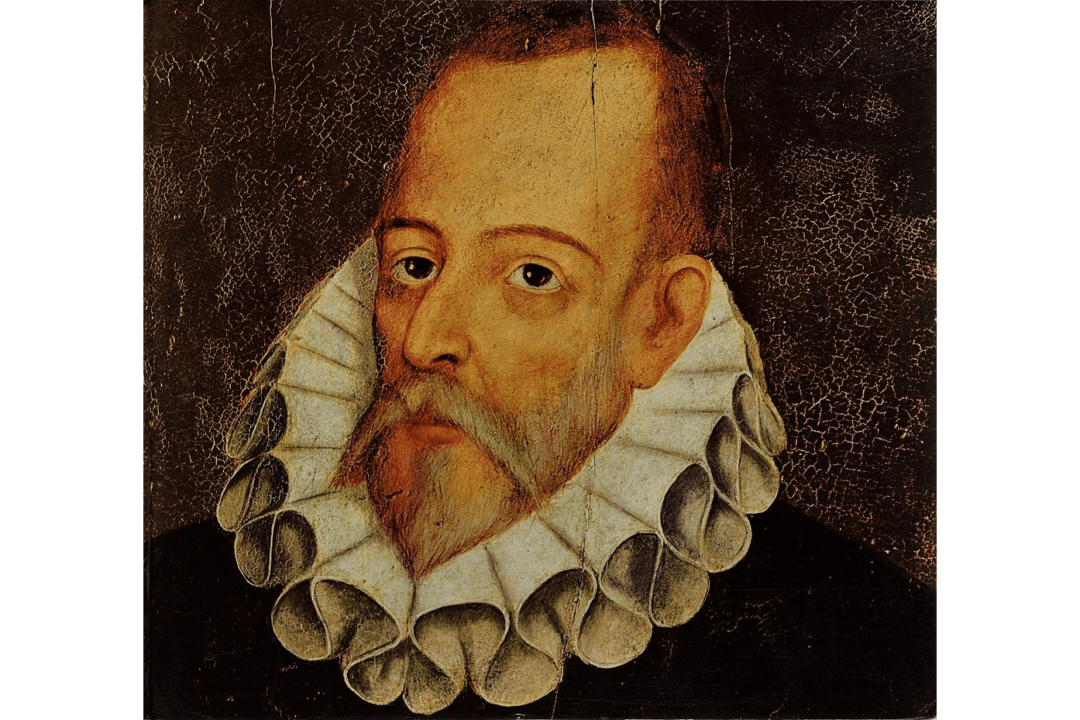There are few books that influenced literary history. The “Exemplary Novels” by Miguel de Cervantes (author of the well-known “Don Quixote”) is one of them. Published in 1613, this collection of 12 short tales was the first example of the Spanish “novela” form.
At the time, similar collections appeared in Spain but these were usually translations or adaptions from foreign models, with minimal characterization. While also inspired by the Italian model of the “Decameron” (1353) and the French model of the “Heptameron” (1558), Cervantes created a memorable work through his unique storytelling techniques.






